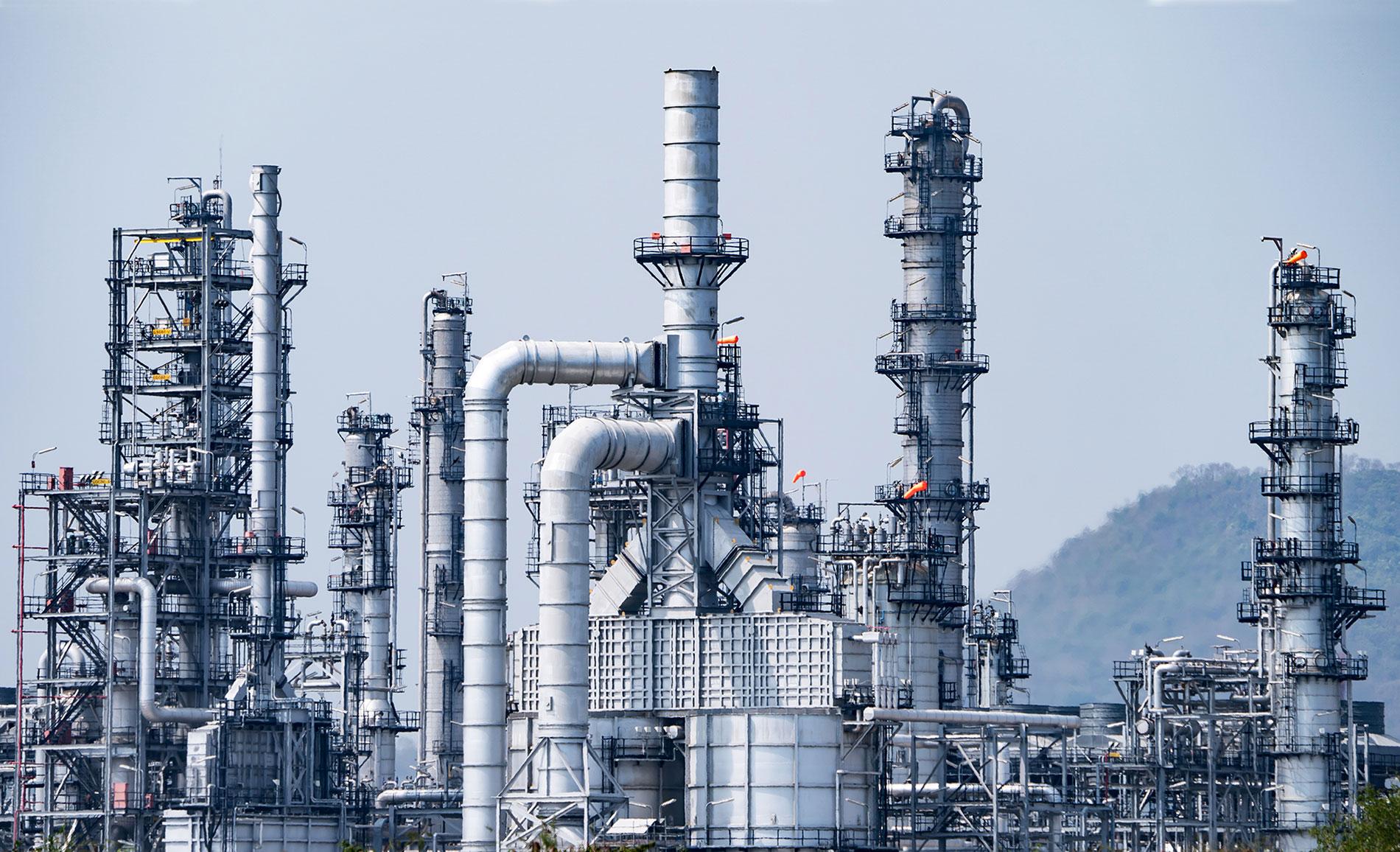In today’s world, chemicals are an integral part of various industries, from pharmaceuticals to agriculture, and even in our daily lives. However, the potential hazards associated with chemical substances necessitate a stringent approach to safety. Understanding which principles to follow when working with chemicals is crucial for minimizing risks and ensuring a safe working environment. This article delves into the fundamental principles of chemical safety, providing a comprehensive guide for professionals and enthusiasts alike.
- Understanding Chemical Properties
Before engaging with any chemical, it is imperative to understand its properties. This includes its physical state (solid, liquid, gas), reactivity, toxicity, and flammability. Familiarizing oneself with the Material Safety Data Sheet (MSDS) or Safety Data Sheet (SDS) for each chemical is essential. These documents provide critical information on handling, storage, and emergency measures.
Key Actions:
- Review the SDS: Always consult the SDS for detailed information on hazards and safe handling practices.
- Conduct Risk Assessments: Evaluate the potential risks associated with the chemicals you will be using.
- Implementing the Hierarchy of Controls
The Hierarchy of Controls is a systematic approach to managing workplace hazards. It prioritizes methods to eliminate or reduce risks associated with chemical exposure. The hierarchy includes:
- Elimination: Remove the hazard entirely.
- Substitution: Replace hazardous chemicals with less dangerous alternatives.
- Engineering Controls: Implement physical changes to the workplace, such as fume hoods or ventilation systems.
- Administrative Controls: Establish policies and procedures to minimize exposure, including training and scheduling.
- Personal Protective Equipment (PPE): Use appropriate PPE, such as gloves, goggles, and respirators, as a last line of defense.
Key Actions:
- Assess the feasibility of elimination or substitution: Always consider if a safer alternative exists.
- Regularly maintain engineering controls: Ensure that safety equipment is functioning correctly.
- Training and Education
Proper training is vital for anyone who handles chemicals. This includes understanding the risks, safe handling techniques, and emergency response procedures. Regular training sessions should be conducted to keep all personnel updated on safety protocols and any changes in regulations.
Key Actions:
- Conduct Regular Training: Schedule periodic training sessions to reinforce safety practices.
- Encourage a Safety Culture: Foster an environment where employees feel comfortable reporting unsafe conditions or practices.
- Proper Storage and Labeling
Chemical storage is a critical aspect of safety. Chemicals should be stored according to their compatibility, and all containers must be clearly labeled with the chemical name, hazard symbols, and any relevant handling instructions.
Key Actions:
- Use Appropriate Containers: Ensure that chemicals are stored in containers that are compatible with their properties.
- Implement a Labeling System: Utilize standardized labeling systems to ensure clarity and compliance with regulations.
- Emergency Preparedness
Despite all precautions, accidents can happen. Having an emergency response plan in place is essential for minimizing the impact of chemical spills or exposures. This plan should include evacuation procedures, first aid measures, and contact information for emergency services.
Key Actions:
- Develop an Emergency Response Plan: Create a comprehensive plan that outlines procedures for various emergency scenarios.
- Conduct Drills: Regularly practice emergency procedures to ensure readiness.
Conclusion
Working safely with chemicals requires a multifaceted approach that encompasses understanding chemical properties, implementing the hierarchy of controls, providing thorough training, ensuring proper storage and labeling, and preparing for emergencies. By adhering to these principles, individuals and organizations can significantly reduce the risks associated with chemical handling, fostering a safer workplace for everyone involved.


